Choosing the right pair of shoes for a hike is a pivotal decision that can make or break your outdoor adventure. Enter the age-old debate: hiking boots versus hiking shoes.
Both have their pros and cons, and for good reason. Each type offers distinct advantages and suits different kinds of trails and trekkers.
Our aim at Kizik isn't to declare a winner but to shed light on the differences. We hope to help you lace up with the right pair for your next hike. After all, when you're miles into the wilderness, the last thing you want to worry about is your feet.
Why does footwear matter when hiking?
When you’re out on the trail, the right footwear acts like a trusty sidekick for your feet.
Here’s why it’s critical to choose wisely:
Support
Your feet need the right kind of backup to tackle uneven paths, rocky inclines, and long distances. Proper support means less fatigue and more enjoyment as you explore.
Traction
Slippery slopes and loose gravel? No problem. The right soles grip the ground firmly, giving you confidence with every step.
Protection
Twigs, rocks, and unexpected puddles are all part of the hiking experience. Good footwear shields your feet from the elements and the terrain.
Comfort
There's nothing worse than a blister forming miles away from the trailhead. Comfortable shoes mean you can focus on the beauty around you, not what's happening below your ankles.
Safety
Lastly, the right shoes reduce your risk of slips, trips, and falls, keeping those outdoor excursions injury-free.
What are hiking boots?
Hiking boots are like the SUVs of the footwear world: rugged, durable, and designed for the long haul. They're built to handle just about anything nature throws your way, from muddy trails to rocky scrambles.
But what exactly makes them stand out? Let's break it down:
- High ankles: One of the hallmark features of hiking boots is their high ankle design. This isn't just for looks—it provides crucial support and protection against sprains and twists, especially when you're carrying a backpack.
- Sturdy materials: Typically made from leather or a combination of leather and synthetic materials, hiking boots are all about durability. They're crafted to withstand abrasions, resist water, and endure the wear and tear of countless trails.
- Waterproofing: Most hiking boots have waterproof capabilities, ensuring your feet stay dry crossing streams or trudging through snow. This feature is a game-changer for staying comfortable in wet conditions.
- Rigid sole: The soles of hiking boots are designed for maximum traction and stability. They're thick, often with deep lugs (the indentations in the sole) that grip onto various terrains, making slips and slides less likely.
- Heavier weight: With great power comes a bit more weight. Hiking boots are heavier than hiking shoes. It’s a trade-off you make for the added protection and durability they offer.
In essence, hiking boots are the go-to choice for adventurers tackling rough terrain, embarking on multi-day treks, or hiking in wet and unpredictable weather. Their design is all about ensuring you can focus on the journey ahead and know that your feet are well taken care of.
What are hiking shoes?
If hiking boots are the rugged SUVs, think of hiking shoes as the sporty sedans: lighter, more agile, and perfect for those who prefer speed and comfort over heavy-duty protection. Hiking shoes blend the best of both worlds, offering enough support for most trails while keeping your feet free from the bulk of traditional boots.
Here's what sets them apart:
- Low-cut design: Hiking shoes usually feature a low-cut design, offering more freedom and flexibility around the ankles than boots. This makes them ideal for faster-paced hikes on well-maintained trails.
- Lightweight materials: They're typically made from a mix of synthetic materials that prioritize breathability and weight reduction. This makes them easier to wear over long distances and helps keep your feet cooler during warm weather hikes.
- Flexible soles: While still providing ample traction, the soles of hiking shoes are generally more flexible than those of boots. This increases comfort during long walks and allows for more natural foot movement.
- Moderate protection: Hiking shoes often come with reinforced toe caps and durable outsoles to offer protection against rocks and roots. While they might not be as robust as boots, they still offer a good level of protection for most day hikes.
- Versatility: Thanks to their lightweight and comfortable design, hiking shoes are not just limited to the trails. They're versatile enough for casual wear or as an everyday shoe for those who prefer an active lifestyle.
Hiking shoes are a great choice for day hikers, urban adventurers, and anyone who values comfort and mobility on less demanding terrains. They provide a happy medium between the protective nature of boots and the comfort of your favorite walking shoes, making them a popular choice for a wide range of outdoor enthusiasts.
How Do I Decide Between Hiking Boots and Hiking Shoes?
Choosing between hiking boots and hiking shoes comes down to understanding your hiking style, the nature of the trails you go on, and what feels most comfortable for your feet.
Here’s a straightforward guide to help you make that choice:
Trail difficulty
If your adventures often lead you to rugged, uneven terrains or you're carrying a heavier pack, boots offer the ankle support and durability you'll need. Shoes might be your best bet for well-maintained paths or lighter, quicker hikes.
Weather conditions
Planning to hike in wet, snowy, or variable weather conditions? Boots with waterproof features and higher coverage can keep you drier and more comfortable. In dry conditions or when you want more breathability, shoes are ideal.
Distance
Consider how far you usually hike. Longer treks require footwear that can hold up and continue to provide support and comfort mile after mile. Boots are typically suited for long distances, but shoes can be perfect for shorter, more casual hikes.
Foot shape and size
Everyone’s feet are different. Some hikers need the extra room and stability boots provide, especially if dealing with wide feet or specific foot conditions. Others may find the snugger, more flexible fit of shoes more to their liking.
Arch support and pronation
Your arch type and whether you overpronate (roll your feet inward) or underpronate (roll outward) can influence your choice. Shoes offer flexibility and lighter support for neutral gaits, while boots can offer more corrective support for those who need it.
Can you use hiking shoes for everyday wear?
Absolutely, and that's one of the beauties of hiking shoes: they're not just for the trails. For those who lean towards a more active lifestyle or simply appreciate the rugged aesthetics of outdoor gear, hiking shoes like our Wasatch can seamlessly transition into your daily wardrobe.
Here's why they're a solid choice for everyday wear:
- Comfort that lasts: Walking around town or standing all day takes a toll, but with the Wasatch, you get the same level of comfort and underfoot cushioning you'd expect on a hike.
- Style meets functionality: Who said practical can't be stylish? With their sleek design and casual vibe, the Wasatch effortlessly complements a variety of outfits. They show that functional footwear can also be a fashion statement.
- Durability for everyday adventures: Built to withstand the rigors of the trail, the Wasatch offers that same durability for your daily adventures. Whether it's rain, snow, or just the wear and tear of urban exploration, these shoes are up for the challenge.
- Ease of use: The hallmark of Kiziks is their hands-free technology, making them a cinch to slip on and off. For those busy mornings when you're rushing out the door or juggling shopping bags, the Wasatch offers a level of convenience that traditional shoes just can't match.
Choosing the Wasatch for your everyday wear adds a touch of adventure to your look and ensures you're ready for whatever the day brings—without needing to change your footwear.
Are hiking boots suitable for daily wear?
Now, let's talk boots. Specifically, can the sturdier, more robust hiking boots find a place in your daily wear, similar to their lighter hiking shoe cousins? When considering our Toronto, a hands-free Chelsea boot, the answer is a resounding yes.
Here’s why:
- Stylish versatility: The Toronto isn't your average hiking boot. Its sleek design and classic aesthetic allow it to transition smoothly from the outdoors to urban exploration. Pair it with jeans or casual trousers, and you’ve got a sophisticated and adventure-ready look.
- Comfort for all day: Just because it’s built for the trails doesn’t mean it skimps on comfort. The Toronto, with its Rabbit Foam™ outsoles, offers a cushy ride for your feet, making it perfect for those who are on their feet all day.
- Durability meets practicality: Crafted with the durability of traditional hiking boots, the Toronto stands up to daily wear and tear with ease. Plus, its hands-free design means you can slip in and out without a second thought, blending convenience with rugged reliability.
- Weather-ready: Like its more traditional counterparts, the Toronto comes equipped to handle adverse weather conditions, making it an ideal choice for those rainy or snowy commutes.
Incorporating the Toronto into your daily wear brings the functionality and reliability of hiking boots into your everyday life, proving that sometimes, you can have the best of both worlds.
Care and maintenance tips for hiking footwear
To keep your hiking footwear in top condition, follow these simple tips:
- Cleaning: After each hike, brush off mud and debris. For a deeper clean, use mild soap and water, avoiding harsh chemicals that can degrade materials.
- Drying: Let shoes air dry naturally away from direct heat sources, which can damage the material and affect the fit.
- Storage: Store in a cool, dry place to prevent mildew and keep the shape intact. Avoid storing under heavy items as this may also affect the fit.
- Waterproofing: For boots and shoes with waterproof capabilities, apply a suitable waterproofing treatment periodically to maintain their resistance.
Proper care extends the life of your footwear, ensuring they’re always ready to take you on your next adventure.
Conclusion
In the world of hiking and everyday adventures, finding the right footwear is like discovering a trusted companion for your feet. Whether you lean toward the rugged durability of boots or the agile comfort of shoes, remember it’s all about the fit, feel, and the journey ahead.
At Kizik, we celebrate the spirit of adventure by offering innovative, comfortable footwear designed for the great outdoors and beyond. So, lace-up (or don’t, thanks to our hands-free technology) and step confidently into your next adventure, knowing your feet are well taken care of.
Here’s to trails, treks, and happy steps in between.
Sources:
Why Good Footwear is So Important for Your Health | CHP
Hiking Boots | American Hiking Society
Disease/Condition: Overpronation: What It Is, Causes & Treatment | Cleveland Clinic


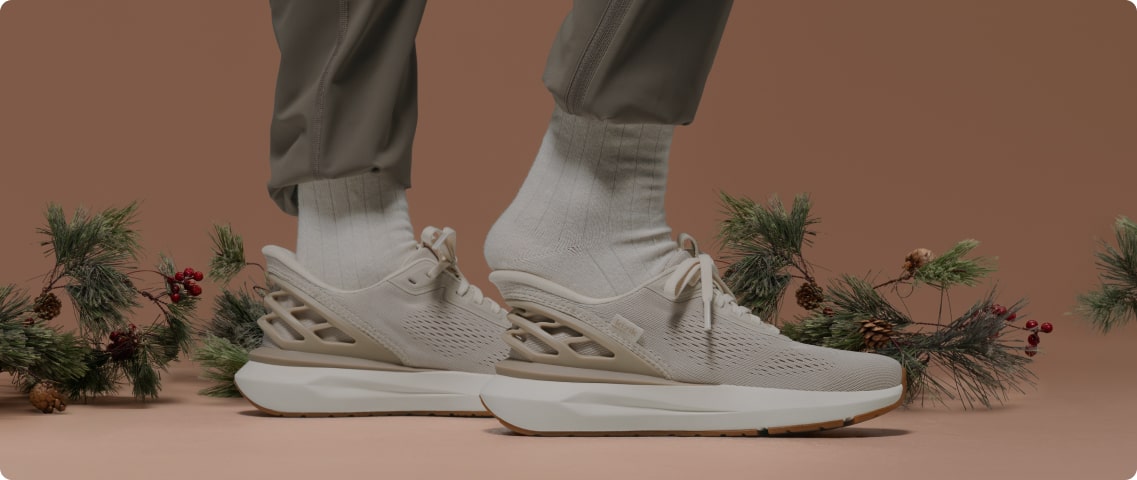
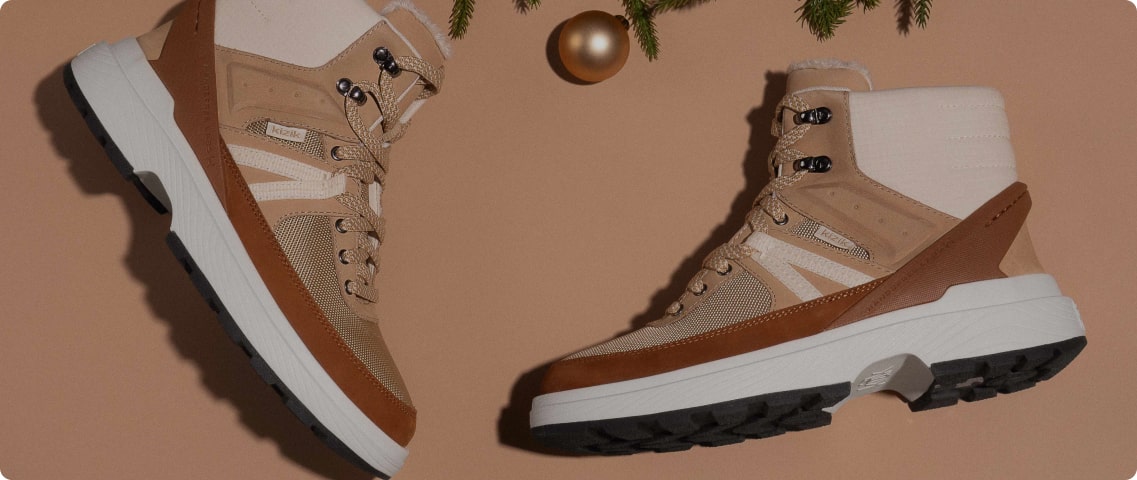
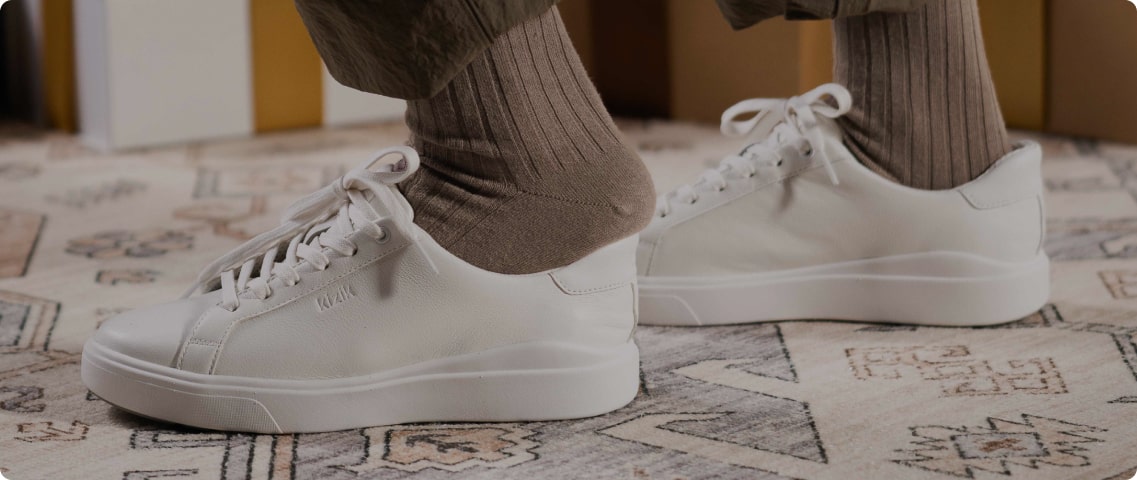
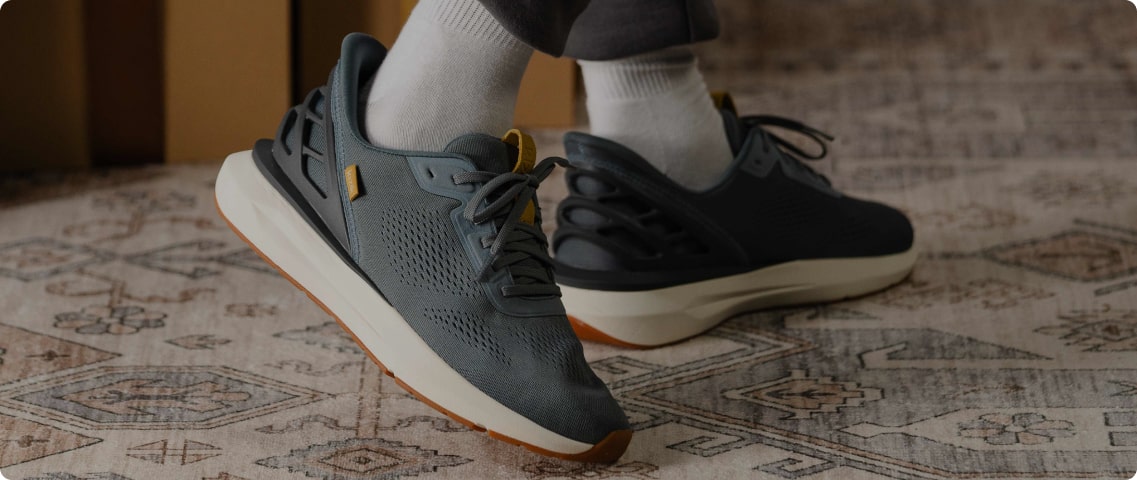
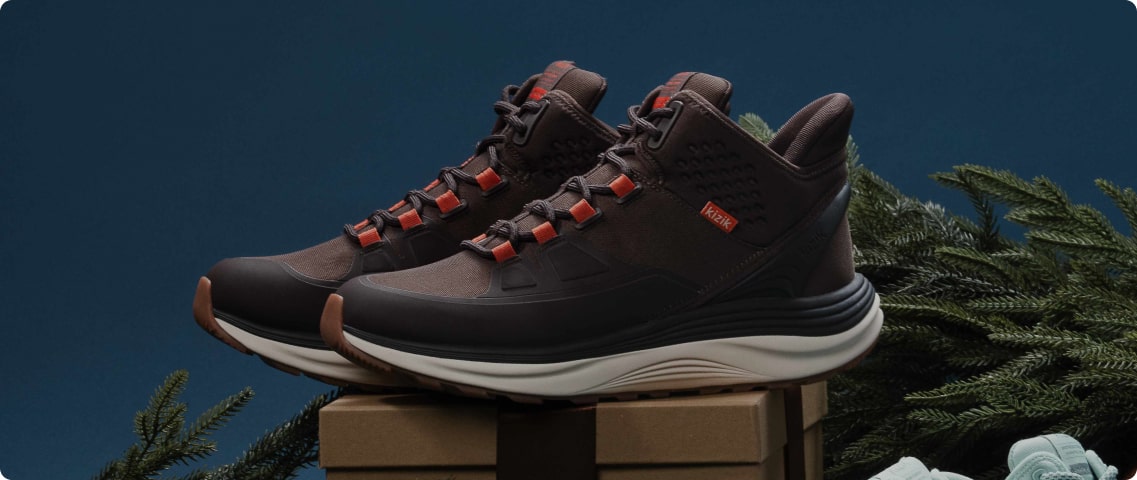
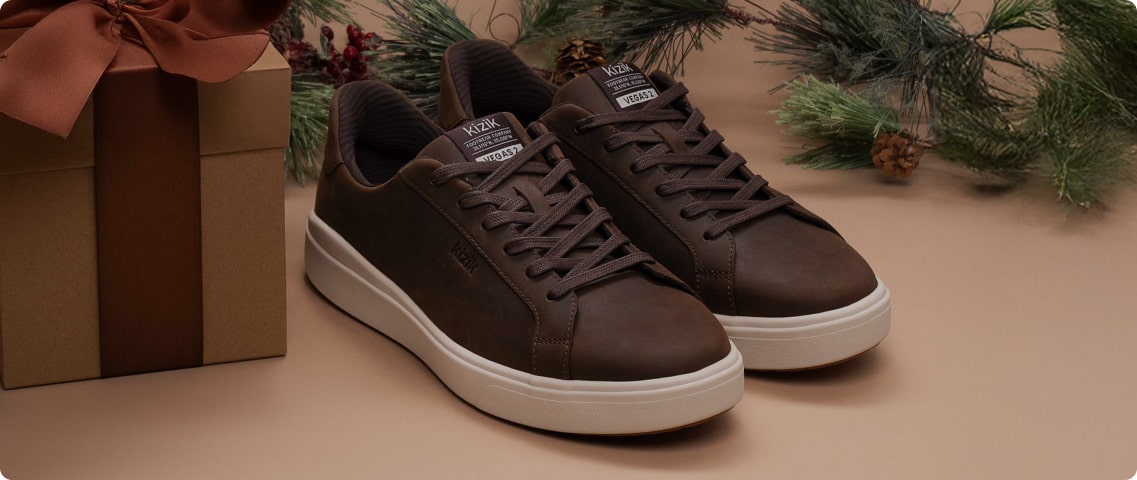
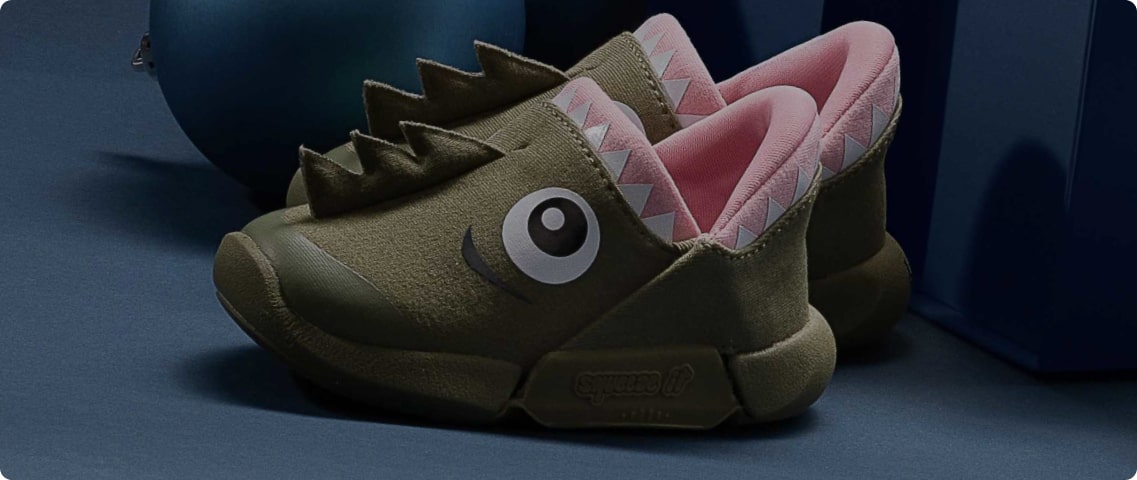
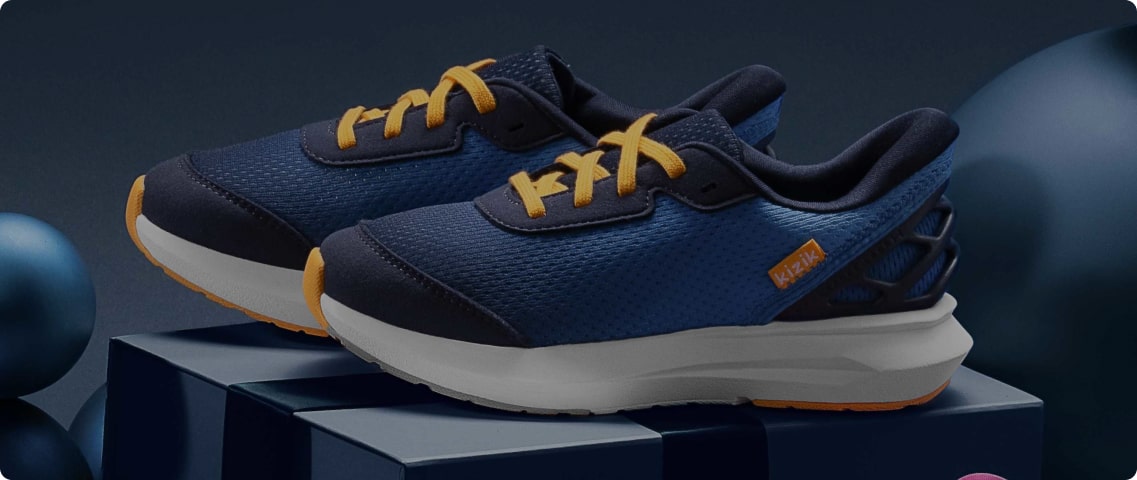
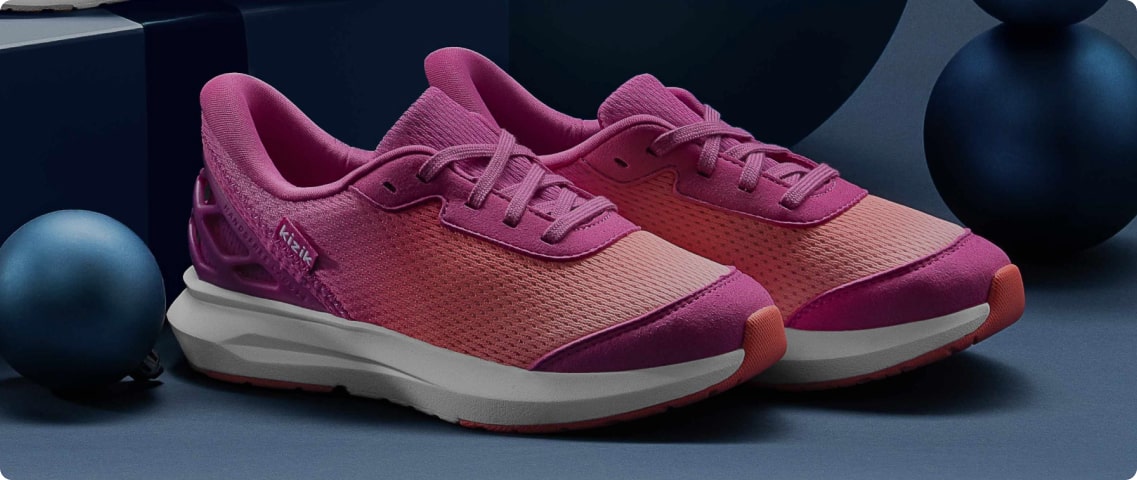




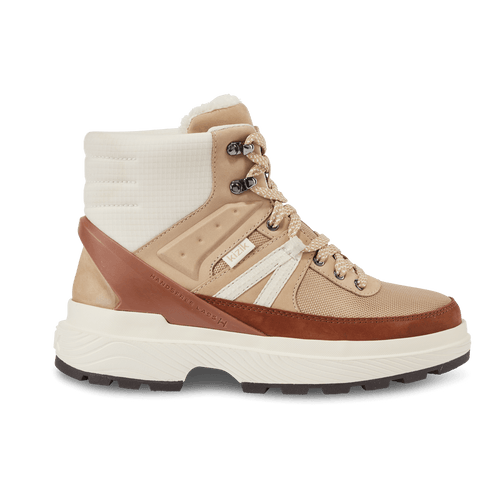
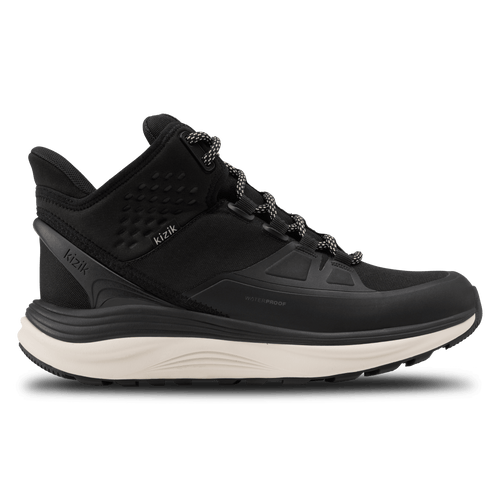





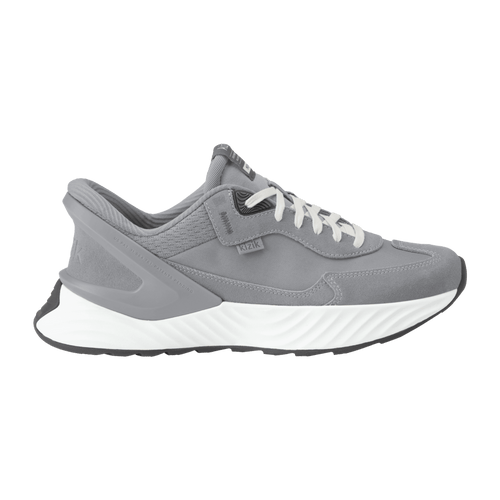


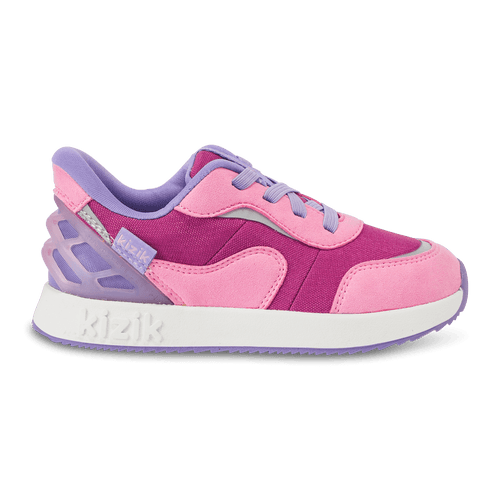

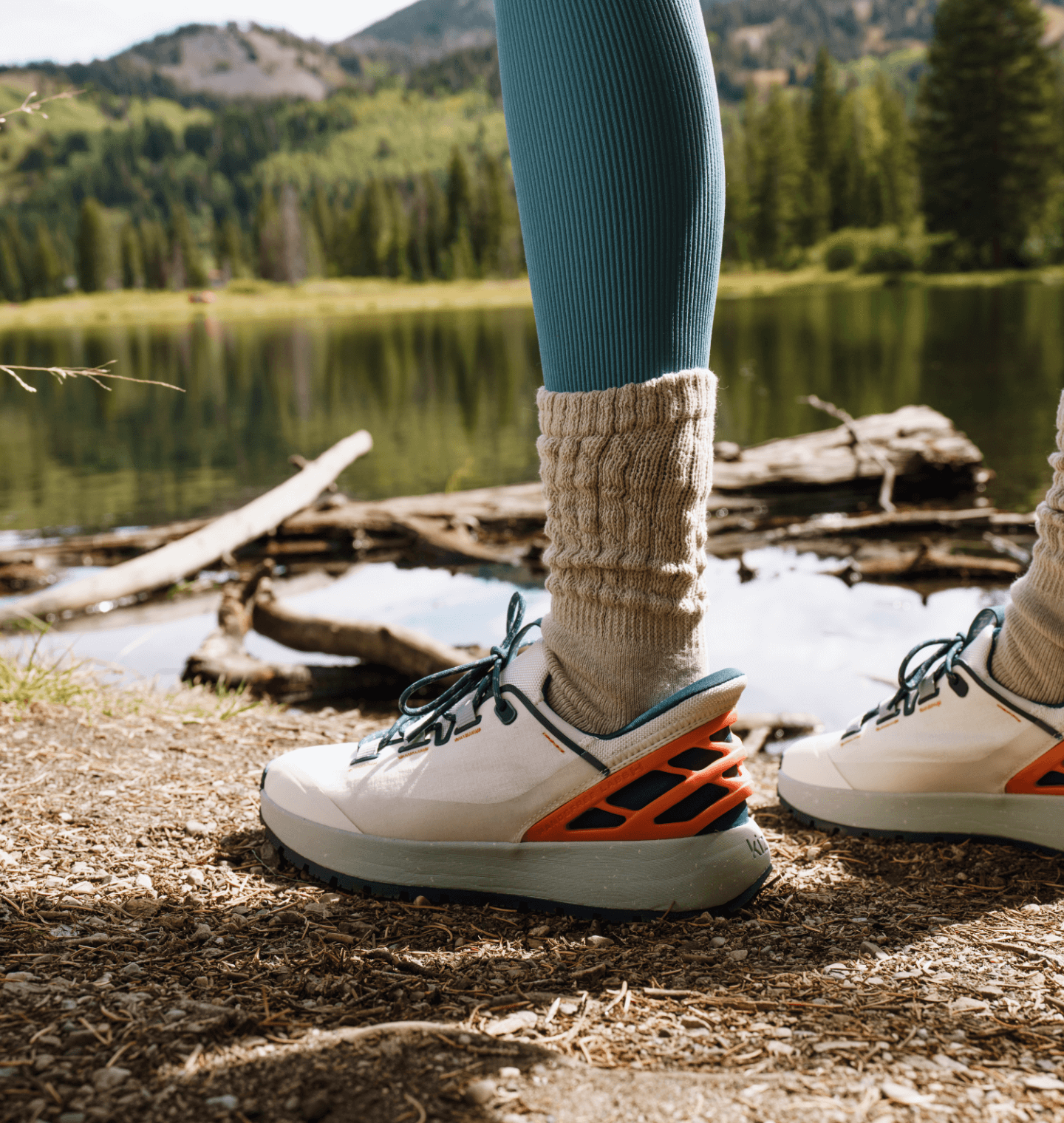

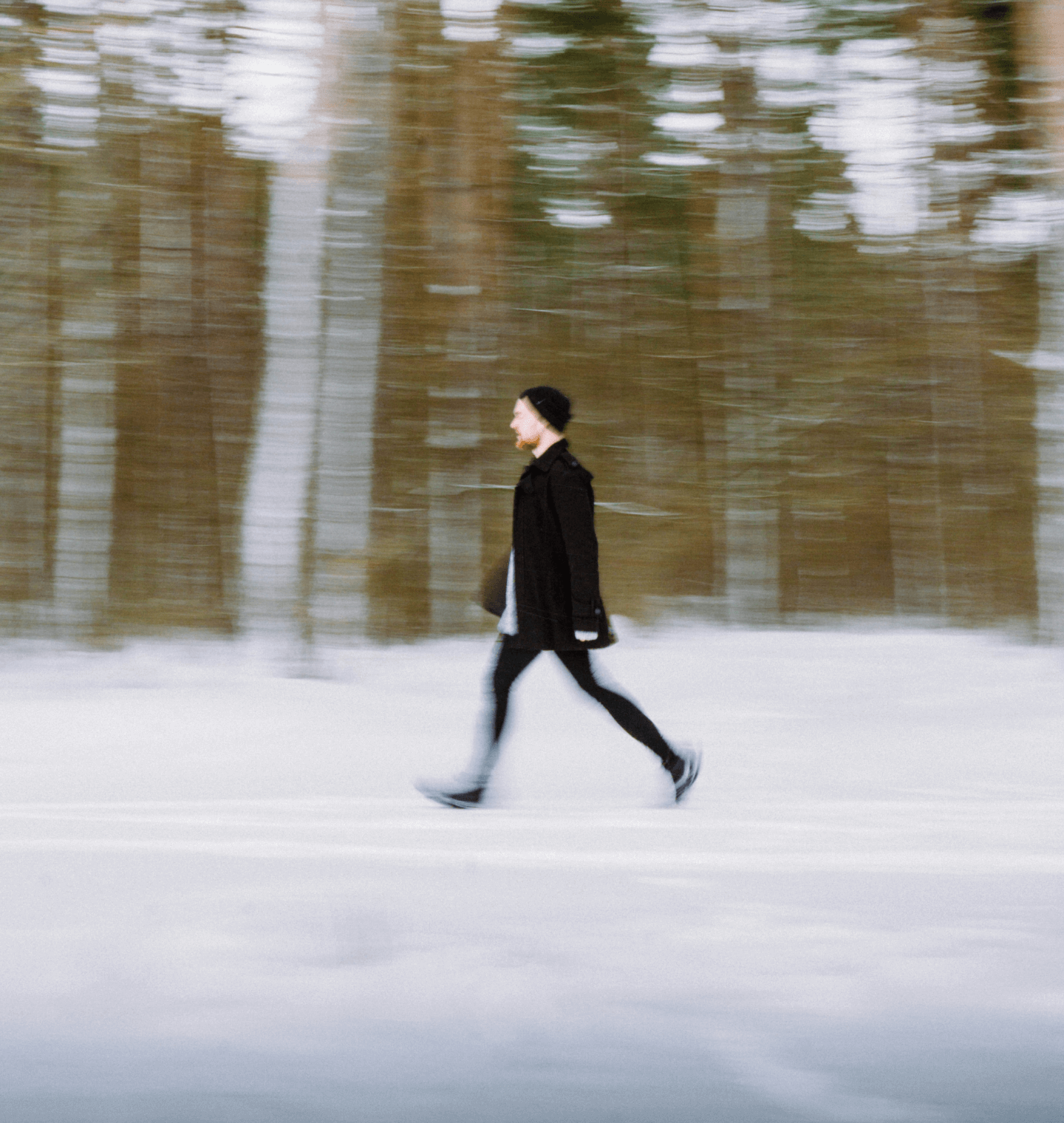
Leave a comment
This site is protected by hCaptcha and the hCaptcha Privacy Policy and Terms of Service apply.